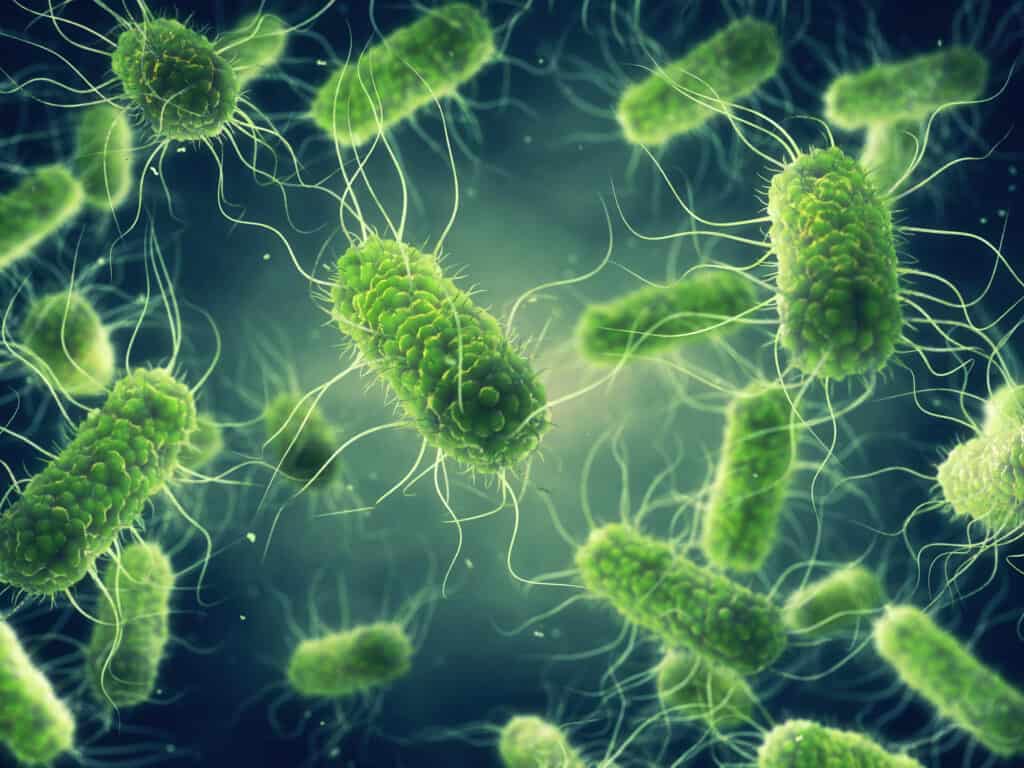Have you ever wondered why your pet dog or cat can tuck into raw chicken with no ill effects? What about lions eating a fresh zebra carcass? Humans can eat some raw meat, a rare steak, for example, but we have to be very careful about which meat it is. So, why can animals eat raw meat without getting sick? Here, we check out the science behind the carnivore diet.
Can Humans Eat Raw Meat?
Yes, many humans regularly eat raw meat such as steak tartare, but it is not without risks. Humans are omnivores and are able to eat plants, fruit, vegetables, fungi, and meat. As we evolved, we were opportunistic feeders and ate what was available. We possess neither the extra-intestinal chamber to digest tough plant material (which ruminants have) nor the large canines possessed by true carnivores.
There is evidence from ancient dental plaque analysis that our distant ancestors, Homo antecessor, did eat raw meat. However, our more recent ancestors soon discovered the practice of ‘cooking’ meat. Heating meat makes it both safer and easier to digest. Cooking breaks up the structure of collagen in the meat, which means that it takes less effort to digest. On the whole, this means that humans evolved to eat cooked meat.
Why Can Animals Eat Raw Meat Without Getting Sick?

Carnivores have highly acidic stomachs.
©Wirestock Creators/Shutterstock.com
Animals that eat raw meat are able to do so because their bodies are adapted for that purpose. A big part of this relates to their stomach acid. Their stomachs are more acidic, which breaks down the animal proteins in meat using pepsinogen and hydrochloric acid. This makes the meat easier to digest. However, the acid environment also helps to kill harmful bacteria in the meat before they can move elsewhere in the body and set up an infection.
Furthermore, these animals catch their prey and often eat the meat immediately. They can target the less risky deep muscles. Humans, on the other hand, eat meat that has been killed in slaughterhouses, where the riskier gut contents can get spilled and contaminate the carcass with dangerous bacteria.
What Is Raw Meat?
Raw meat is any meat that has not been thoroughly cooked. There are different guidelines for ‘thoroughly cooking’ different cuts of meat issued by the United States Food Safety and Inspection Service. For example, to thoroughly cook chicken (whole bird or portions), the minimum internal temperature must reach 165 degrees F as measured by a probe thermometer.
Why Eat Raw Meat?
Raw meat is part of several traditional dishes. These include carpaccio, which was invented in the 1960s in Venice and made using strips of raw beef, veal, venison, salmon, or tuna. Steak tartare is a French dish made from raw ground beef. Others include mett (a German dish made from uncooked minced pork) and Torisashi (a Japanese dish made from thinly sliced chicken cooked on the outside but raw in the middle).
Over the recent few years, there has been a trend in influencers filming themselves eating raw meat on social media channels. There is a strong following who believe that raw meat is healthier and contains fewer toxins than cooked meat. It’s also a lot quicker to prepare.
What Are the Risks of Eating Raw Meat?

Salmonella is one of the types of bacteria that can contaminate raw meat.
©nobeastsofierce/Shutterstock.com
There are many risks presented by eating raw meat. The primary problem is that raw meat can contain harmful bacteria such as Salmonella, Campylobacter, and E. coli. All of these are destroyed by cooking but may be present in raw or undercooked meat. These pathogens can cause a nasty stomach upset but some can go on to cause more serious or life-threatening complications. For example, E.coli O157 found in raw, ground beef can cause kidney failure and death. You cannot detect these bacteria in meat because they do not cause any changes in appearance, odor, or taste.
There is also the risk of taeniasis – a parasitic infection caused by several tapeworms. Humans become infected by eating undercooked beef, which can contain Taenia saginata – the beef tapeworm. They can also be infected by eating undercooked pork containing Taenia solium (pork tapeworm) or Taenia asiatica (Asian tapeworm).
How to Reduce the Risk of Eating Raw Meat
There is no way to completely remove the risk presented by raw meat apart from thoroughly cooking it. It is also important to separate raw and cooked foods and wash your hands after handling raw meat. Any surfaces touched by raw meat need to be cleaned immediately.
More vulnerable people, including children, the elderly, and people with long-term health conditions and compromised immune systems, are most at risk from eating raw meat.
In general, whole pieces of meat are safer than ground meat. So, for example, a rare steak is safer than a rare beefburger. Raw chicken, however, is risky even when not ground up. This is because chickens are more likely to be contaminated with pathogens. Plus, chicken has a more porous structure, allowing the bacteria to penetrate deeper into the meat, so even searing the outside does not remove the risk.
The photo featured at the top of this post is © hanasunrise/iStock via Getty Images
Thank you for reading! Have some feedback for us? Contact the AZ Animals editorial team.






